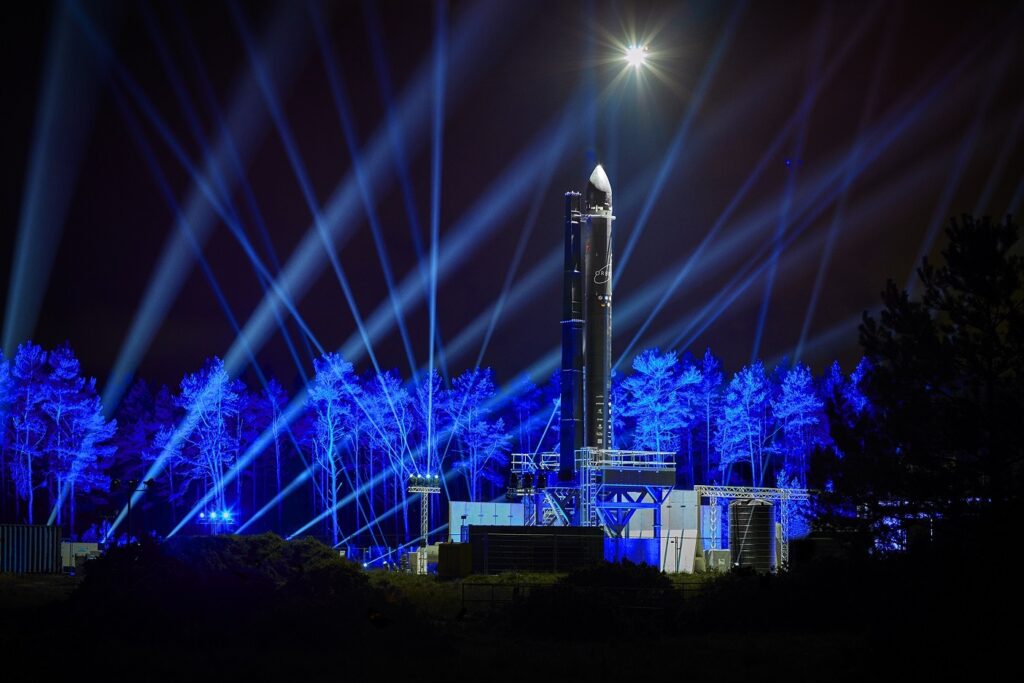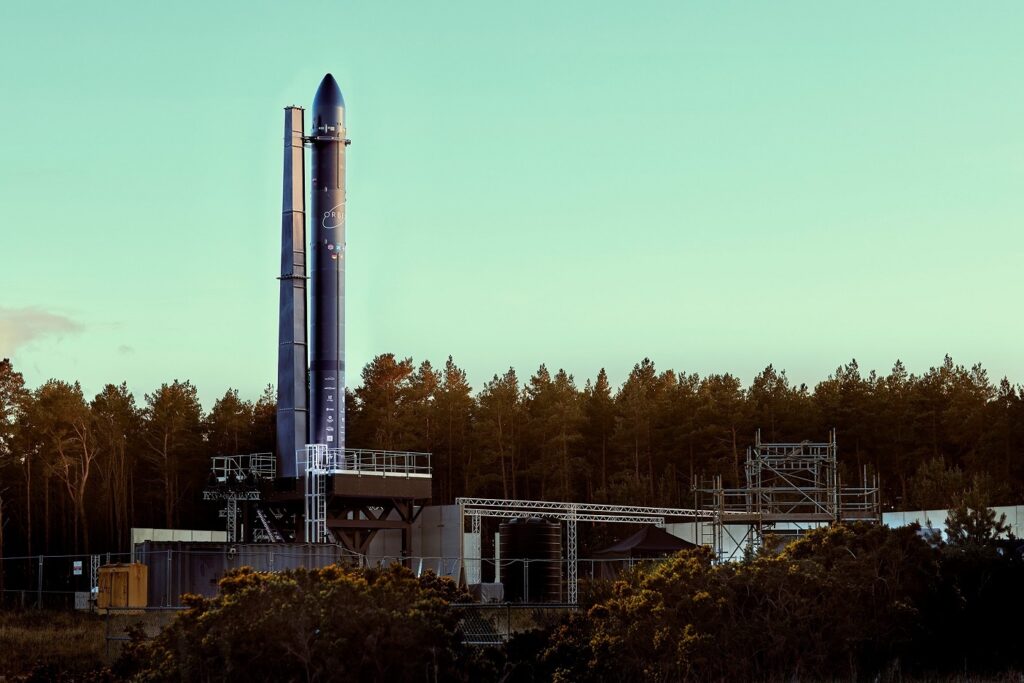The British aerospace startup Orbex has published photos of a fully assembled prototype of the Prime rocket. The company positions it as the first representative of a new line of European micro-launchers designed to launch small cargo into orbit.
Technical construction of the Prime rocket
The Prime rocket has a two-stage design. Its length is 19 meters, diameter 1.3 meters, weight (when refueled) — 18 tons. When creating the rocket, engineers widely used composite materials. The first stage of Prime is equipped with six 3D-printed engines. The second stage is equipped with one power unit. The maximum payload capacity of Prime is 200 kg, it will be able to launch satellites into orbits up to 1,250 km high.

During the presentation, representatives of Orbex paid special attention to the environmental friendliness of their rocket. As fuel, Prime will use a mixture of propane and liquid oxygen. It is claimed that this will reduce carbon emissions into the atmosphere by 96% compared to traditional rockets. In addition, the first stage of Prime was created with the expectation of reuse. However, Orbex has not yet provided details of the proposed stage return scheme.
First launch of the Prime rocket
In the next few months, the first model of Prime will undergo a series of tests. Then the rocket will be delivered to the Sutherland Spaceport, located in the northern part of Scotland. The company hopes to launch Prime within a few months. The exact date will depend on the test results, as well as the readiness of the cosmodrome and the availability of permission from the authorities.

If successful, Prime will be the first European small carrier, and Sutherland will be the first British spaceport to accept an orbital launch. However, do not forget that it has competitors, one of which is the Astra company. It recently announced its intention to launch orbital launches in 2023 from the territory of another British spaceport, Saxaward, located on the Shetland Islands.
According to https://orbex.space
Follow us on Twitter to get the most interesting space news in time
https://twitter.com/ust_magazine

